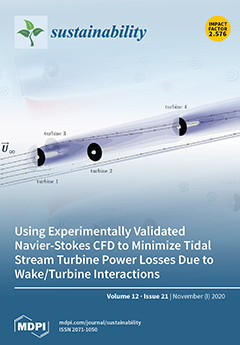Phytotherapy can enhance the beneficial health outcomes in the prevention of obesity and is able to improve the function of the metabolic organs, like the liver and kidneys. Since sea buckthorn (SBT) and grape extracts are known as abundant sources of polyphenol, we
[...] Read more.
Phytotherapy can enhance the beneficial health outcomes in the prevention of obesity and is able to improve the function of the metabolic organs, like the liver and kidneys. Since sea buckthorn (SBT) and grape extracts are known as abundant sources of polyphenol, we assumed that the extracts of these two plants might have a hypolipidemic effect and an improved metabolic function in obese rats treated with atorvastatin. One hundred and twelve white Wistar rats were divided equally into seven groups (G.I–VII) and orally treated as follows: G.I, atorvastatin 20 mg × kg·bw
−1; G.II, atorvastatin 20 mg × kg·bw
−1 + SBT 100 mg × kg·bw
−1; G.III, atorvastatin 20 mg × kg·bw
−1 + grape extract 100 mg × kg·bw
−1; G.IV, grape extract 100 mg × kg·bw
−1; G.V, SBT 100 mg × kg·bw
−1; G.VI, high-fat diet (HFD); group VII was considered the control group. After two and six months of administration, the rats were sacrificed, and blood samples were taken for biochemical analyses. The statistical results (analysis of variance (ANOVA)) showed that a combination of SBT and grape extracts with atorvastatin significantly reduced (
p ˂ 0.001) the lipid parameters. After six months, the liver and kidneys improved their functioning, showing a statistically significant change
(p ˂ 0.001) in the grape and sea buckthorn groups compared to the other groups. In addition, grape extract and SBT combined with atorvastatin proved to be potent hypolipidemic agents, so associations with phytodietary supplements can be considered as a valuable means of combating hypolipidemia and decreasing risk factors.
Full article





